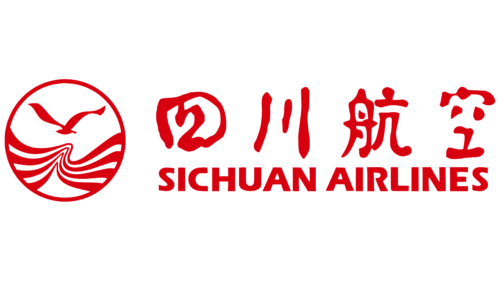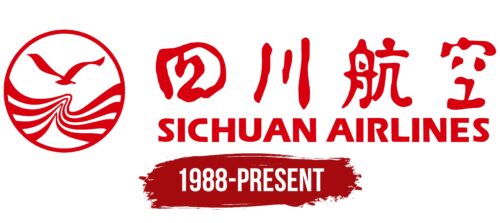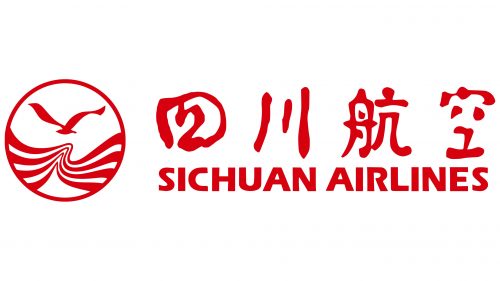Sichuan Airlines: Brand overview
As a regional carrier in China’s Sichuan province, Sichuan Airlines took flight on September 19, 1986. The Chinese government’s push to boost regional air transport and connectivity saw the airline’s inception as a joint venture between the Civil Aviation Administration of China (CAAC) and the Sichuan provincial government.
Commercial operations started on July 14, 1988, with the first route connecting Chengdu and Wanzhou. The initial fleet comprised several Xian Y-7 turboprop aircraft, a Chinese adaptation of the Soviet An-24, ideal for navigating the mountainous Sichuan terrain.
The 1990s marked an era of growth as the airline expanded its network, reaching more cities within Sichuan and neighboring regions. This expansion significantly contributed to the region’s tourism and business sectors.
1995, the company embarked on a fleet modernization journey, acquiring its first jet aircraft, the Airbus A320. This addition allowed for more efficient long-haul flights, enhancing operational capabilities.
A major restructuring occurred in 2002, with China Southern Airlines and China Eastern Airlines purchasing stakes in the company, altering its ownership structure. These new partnerships with major national carriers opened up fresh avenues for growth.
The airline entered international skies in 2004, with Seoul, South Korea, its first international destination. This marked the beginning of the company’s global ambitions.
In 2010, the acquisition of the first wide-body Airbus A330 facilitated long-haul operations, enabling the launch of routes to Australia and New Zealand and broadening its international footprint.
By 2012, the company launched its inaugural transcontinental route, linking Chengdu with Vancouver, Canada. This milestone underscored its global aspirations.
Continuing its expansion, significant orders for new aircraft, including the Airbus A320neo and A350, were placed in 2016, signaling plans for further fleet growth and modernization.
The company extended its reach into Europe and the United States in 2018, initiating services to major cities like Copenhagen and Boston, thus solidifying its international presence.
In 2019, the airline boosted its cargo operations, introducing dedicated cargo flights and expanding its freight network.
Faced with the global aviation challenges of 2020, the company demonstrated resilience by adapting operations to meet new market conditions, focusing on domestic flights to navigate through the industry turbulence.
Meaning and History
What is Sichuan Airlines?
This is a Chinese airline based in Chengdu, known for its role in developing air connectivity in China’s western region. The carrier operates a diverse fleet serving domestic and international routes, including Airbus A320, A330, and A350 aircraft. The airline stands out for its “Panda Miles” loyalty program, which allows members to earn miles for flights and purchases from partners.
1988 – today
The petrel symbolizes the entrepreneurial spirit of Sichuan Airlines. The round base represents the Earth, and the four wavy stripes signify rivers, which stand for love, beauty, kindness, and honesty. Adjacent to this symbol is a two-tiered inscription. The first line features Chinese characters, including one (川) that abbreviates “Sichuan,” symbolizing a river. This character connects with the concept of movement, indicating that the company’s ships and airplanes link China to the world. The logo also includes the brand name in English for international recognition.
The bird symbol embodies freedom and extensive reach, aligning perfectly with an airline’s identity. The rivers signify connection and continuous flow, resonating with the airline’s goal of providing seamless travel. The bilingual text in Chinese and English highlights the airline’s commitment to serving domestic and international markets.
The design elements of the logo work together harmoniously. The petrel, representing boundless freedom, captures the essence of Sichuan Airlines’ ambitions. The circular base, symbolizing the Earth, establishes a global perspective. The four wavy stripes, embodying rivers, add depth and meaning, emphasizing values such as love, beauty, kindness, and honesty. These values reflect the airline’s dedication to providing a positive and trustworthy service.





